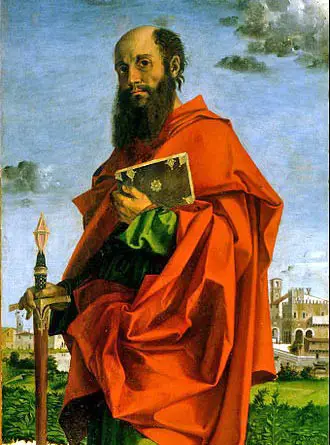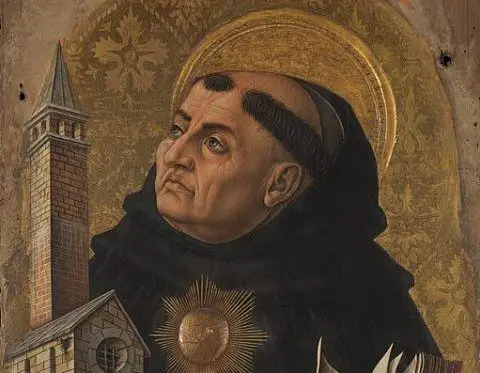 ave you ever wondered why or who thought up the ridiculous hairdo a medieval artwork of a Catholic monk rocked? To become nearer to God or reach enlightenment, many faiths and their adherents adhere to rigid rules that restrict their uniqueness.
ave you ever wondered why or who thought up the ridiculous hairdo a medieval artwork of a Catholic monk rocked? To become nearer to God or reach enlightenment, many faiths and their adherents adhere to rigid rules that restrict their uniqueness.
One of the most prevalent rules is hairstyle; in Buddhism, monks must shave their heads completely in order to represent severing links with the outside world. The same was true of Catholic monks in medieval times, but they had a special haircut where just the top of their scalps was shaved, leaving the edges uncut.
The Tonsure, or Tonsura in Latin, was the monks’ distinctive hairdo. Tonsure literally translates to “clipping,” as in shaving one’s hair. When Pope Gregorio VII assumed office in 1073, the odd hairstyle had its beginnings. The church’s culture at the time was relatively lax when it came to things like hairstyles, clothing codes, and even relationships among monks, priests, and nuns.
Corruption in the church was also at its worst under Gregorio VII’s reign. The Pope made the decision to mandate abstinence for all priests, monks, and nuns in order to address the long-standing corruption issue inside the church. Monks, priests, and nuns were required to maintain daily abstinence and were not permitted to marry or engage in any other type of sexual activity. One of the most significant changes that Gregorio VII brought was the standardized haircut for monks.

Monks were expected to have hair similar to Saint Paul’s to represent the surrendering of their life to God. Every monk was required to shave their head clean since Saint Paul was reputed to be bald. Many Catholic Christians held Saint Paul in high regard for penning thirteen books of the Bible and establishing Christianity across the Roman Empire during his lifetime. It made sense to Gregorio VII to believe that the church would become more spiritually connected to God by adopting Saint Paul’s hairstyle.
The fact that the bible bans shaving one’s beard or head’s fringe was one of the issues with doing so. According to the Old Testament verse Leviticus 19:28: “You must not cut off the hair at the sides of your head or clip off the edges of your beard.”
This presented a dilemma for many monks who wanted to mimic Saint Paul but were afraid to go against the bible.
This conundrum was resolved by a haircut that pleased both the bible and the pope. In honour of Saint Paul, monks shaved the tops of their heads, but left the sides of their hair uncut. Nearly all Catholic monks in mediaeval Europe had a new, peculiar hairstyle known as the tonsure.
Avid Writer with invaluable knowledge of Humanity!
Upcoming historian with over 30 million views online.
“You make your own life.”





